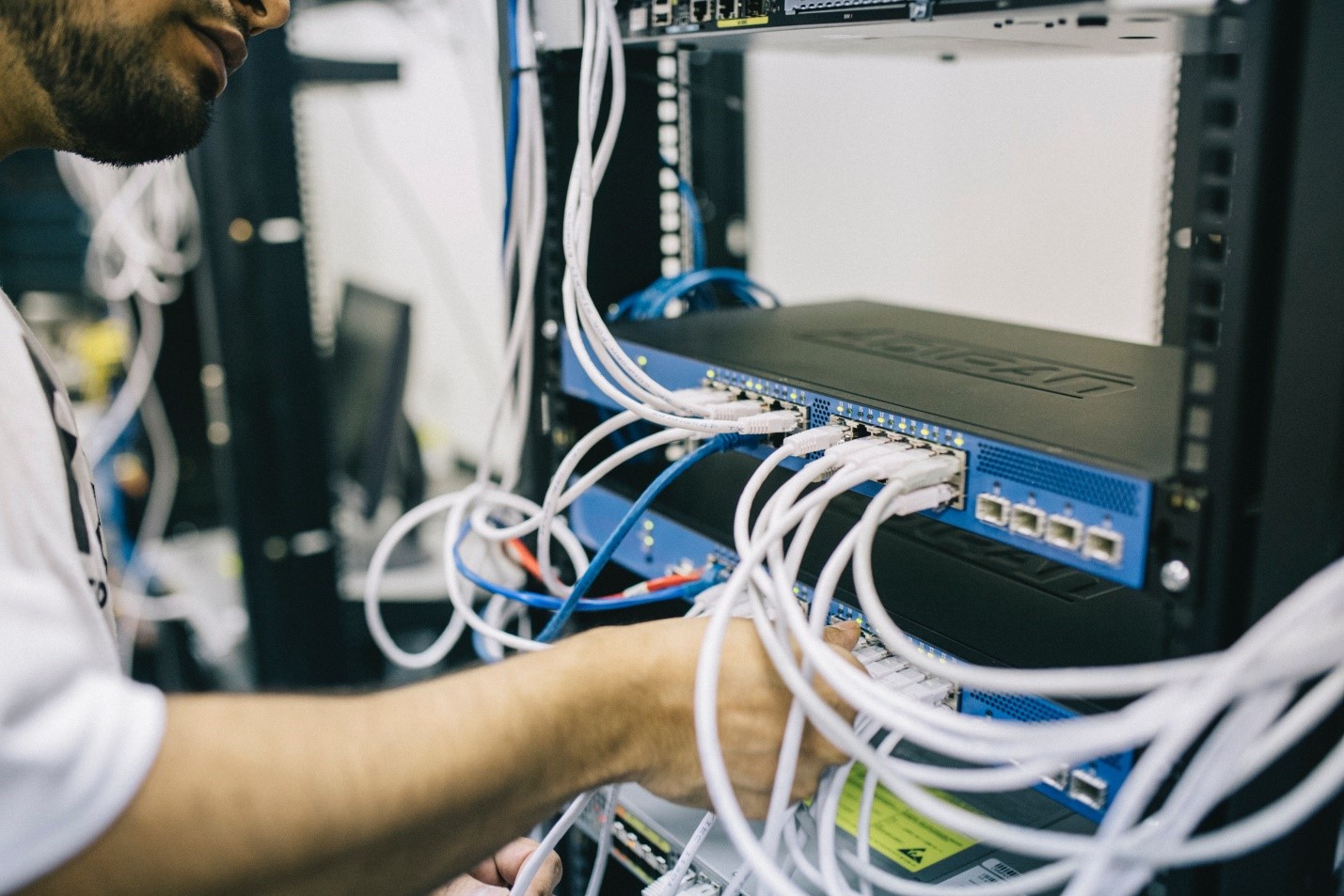When it comes to implementing a data center server, you should consider its components.
Components of a data center server
A data center server contains numerous components, including hardware, software, and networking equipment. These components ensure that data centers are scalable and can manage high volumes of traffic.
A typical three-tier data center network comprises core switches at the edge of the data center, a middle aggregate layer, and an access layer. New technologies, such as software-defined networking, offer cloud-level scalability and agility for on-premises networks. Click here for more information about cloud-based computing.
A data center has redundant electrical systems, including redundant copies. It also utilizes static transfer switches, which allow for the instant switchover in the event of a power failure. It may also have raised floor cabling for security reasons, as well as to save on cooling costs over racks. Smaller data centers may also use anti-static tiles for the floors.
Data centers have a rich history that dates back to the 1940s. The first computer systems, such as the ENIAC, needed a special environment to function properly. They also needed a lot of power and cooling. During this time, security was also a concern, as computers became more complex and expensive.
Servers serve several functions within an information processing machine, including information storage, processing, and network connectivity. Information processing machine servers are also used to secure the network. Information processing machine servers are a core component of any information processing machine. They are high-performance computers with large memory. They also may be dedicated to a particular task or application.
Apart from the hardware, an information processing machine should be equipped with the proper cooling and security systems to support the functions of its server room. Some information processing machines may have solar panel systems or backup power systems. They may also have cooling systems that provide heating and air conditioning. Passive fire protection systems may also be present.
Information processing machines need a constant power supply, since different types of computing systems and hosting services require constant power. A backup or redundant power supply ensures that the servers perform optimally. A proper cooling system is essential to ensure the server’s performance and prevent blackouts. The cooling system is almost as important as the power system in an information processing machine.
An information processing machine is a central location where information is stored and shared among a large group of users. An information processing machine is a critical asset that is important to the daily operations of a business. Information processing machine security is a top priority for organizations. That is why it is important to invest in high-quality products. You can shop here for highly rated servers. The modern information processing machine infrastructure includes switches, routers, storage systems, and servers.
Additionally, the information processing machine also includes application delivery controllers.

Energy-efficiency measures
There are numerous ways to increase energy efficiency in an information processing machine. One common method is raising the temperature of the cooling system. This approach has the benefit of reducing the amount of power the cooling system uses, while not compromising computer performance. However, it is recommended to monitor the temperature of the computers closely to avoid unexpected temperature spikes.
In order to reduce energy consumption, information processing machine managers can implement DCIM tools to identify idle computers and optimize workloads. The use of these tools can also help managers monitor building and environment controls. The main benefit of these tools is that they allow administrators to monitor energy-efficient computers and save money at the same time. However, they should not be the only source of information. Manual inspections are also important.
Information processing machines can also reduce their overall power usage by lowering their Power Usage Effectiveness (PUE) score. Click the link: https://www.nrel.gov/computational-science/measuring-efficiency-pue.html for more information about this score. This measure is used to measure the efficiency of the processing machine and determine where improvements need to be made.
PUE is a ratio that reflects total power consumption divided by the total amount of power used by the IT equipment. An information processing machine with a PUE of 1.0 would be considered highly efficient.
Another measure that can significantly improve the efficiency of information processing machines is to use ENERGY STAR-certified machines and 80 PLUS (r)-certified power supplies. These two devices help reduce the energy consumption of computers by up to 90 percent. A computer’s overall efficiency depends on the efficiency of these two components.
Information processing machines have made significant advances in energy efficiency over the past decade, but most of the progress has been on the equipment and facility side. However, there has been little progress in computer efficiency.
According to the Natural Resources Defense Council, information-processing machines are the fastest-growing consumer of electricity in developed countries. They also are one of the main drivers of new power plants. It is estimated that up to 40% of computer electricity consumption in the U.S. is wasted due to a lack of awareness about efficiency incentives. This waste not only increases a company’s bills but also contributes to carbon pollution.



Comments are closed.